How to Effectively Manage and Prevent Channel Conflict in Ecommerce
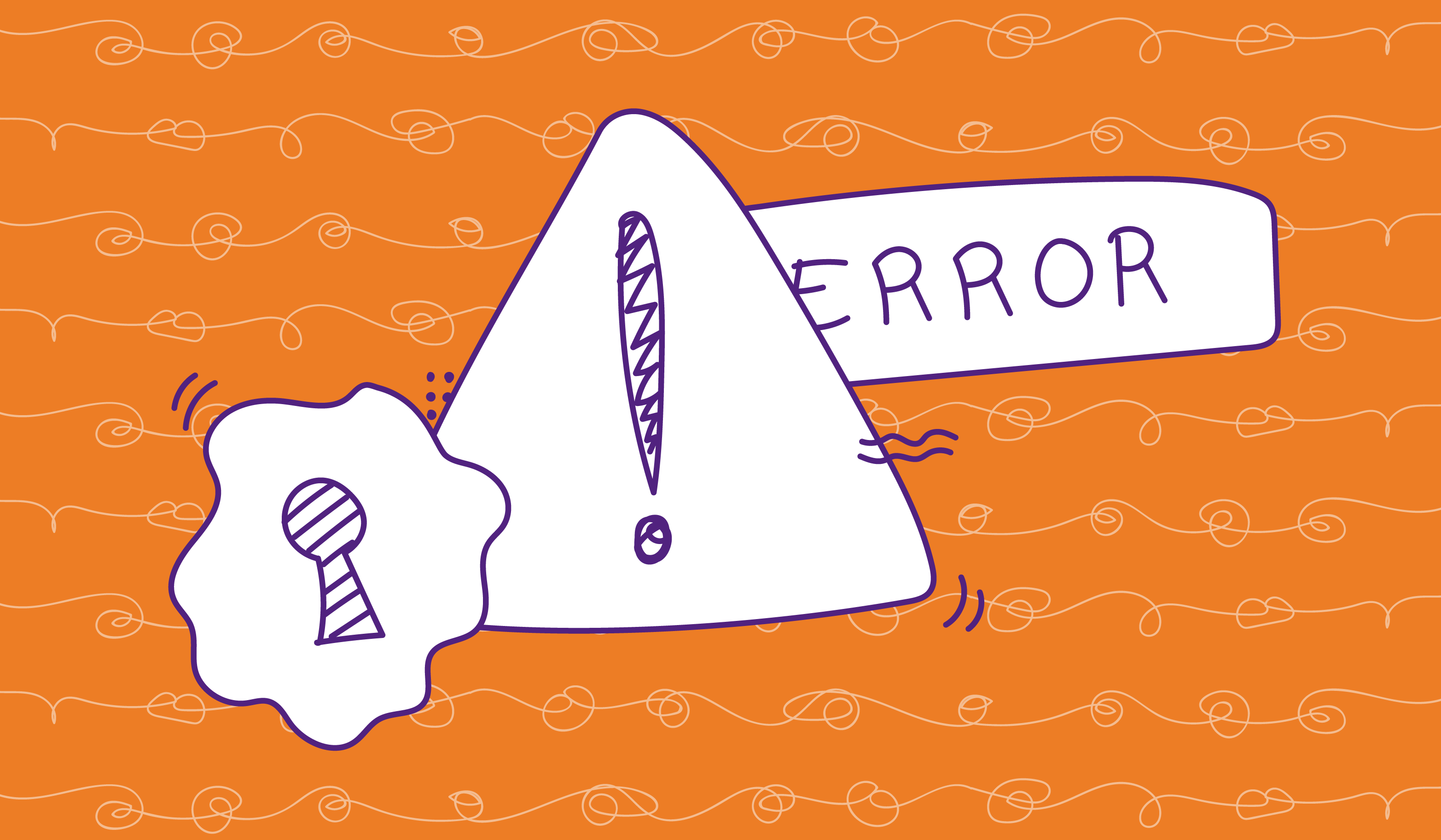
Keep the good stuff coming
Subscribe to our blog newsletter and get monthly content that helps you manage product data smarter.
No spam. Just real value.
Channel conflict is bound to happen, whether you have a physical brick-and-mortar, a DTC brand, or a partnership with online retailers.
Put simply, channel conflict is a battle of “who makes the most sales” between parties. Here, we are not referring to ecommerce platforms or marketplaces. It's for manufacturers, wholesalers, or retailers competing against each other online.
Channel conflict happens when disharmony occurs, and parties don’t work together to meet their end goal. As it is, 38% of retailers consider this a top business concern, and 44% think that this will only get worse in the future.
This is the downside to multichannel commerce. However, this does not mean businesses should avoid it. You simply can’t have all your eggs in one basket. If big brands like Nike have overcome the negative effects of channel conflict and cannibalism, you can too. Don’t let it stop you from reaching higher and higher!
Here is how you can manage and even prevent it from being a business concern:
What is the source of channel conflict?
When you try and solve issues, you need to understand the root cause. In this case, the root cause is ecommerce growth. This year alone, the US retail ecommerce is forecasted to have a 16.1% growth, reaching $1.06 trillion in sales.
This means that as ecommerce continues to bring in more sales, it creates a double-edged sword, where there are insane growth opportunities for businesses, but in the same breath, new challenges/conflicts will arise between channels.
When there are more opportunities in ecommerce, channel conflict may arise because manufacturers and their partners have;
- Different goals and objectives in mind
- When partner roles aren’t clear, this leads to roles clashing
- Different marketing and strategy approach to get customers
- Geographic distribution misalignment
What is the result of this? Here are three examples:
1. Vertical channel conflict
This is one of the most common conflicts. It happens when two parties at different points of distribution have a dispute. For example, a manufacturer bypasses the distributor and goes directly to the client to sell the product. Or when a manufacturer sells to a wide range of retailers, which creates an oversaturated market and creates conflict amongst themselves on who will sell to the customer. At least 56% of ecommerce channel managers have experienced conflicts between their external channel partners and direct-to-consumer (DTC) channels.
2. Horizontal channel conflict
Horizontal channel conflict is when two parties that are at the same level in a distribution channel are at odds. This can be between two retailers who sell the same product at two different costs. This is an attempt to drive customers to your store, as almost 92% of online shoppers compare prices at some point in their purchasing journey. This creates a price war between retailers and can impact their profit margin if they retaliate by lowering their prices too. It can also create devaluation where customers expect low prices for a specific product and a higher return rate when customers see the same product selling for less.
3. Multiple channel conflict
Multiple channel conflict, also known as multichannel conflict, is when the manufacturer has a number of channels competing for the same product.
For example, a manufacturer may be selling their products direct-to-consumer (D2C) while also selling on Walmart.com. The problem arises when the channels sell to the same markets, but at different prices.
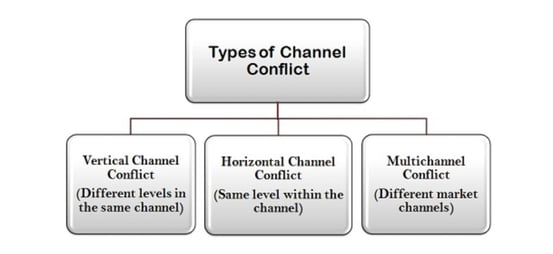
So, what can you do when there is a battle of sales between channels?
Here are some tips to consider.
1. Agree on a minimum advertised price
We have seen that pricing is one of the most common reasons for channel conflict, but the effects of this won’t only hurt one retailer but every channel in the future.
To combat this, there should be a minimum advertised price for all parties. Whether it is for those selling DTC, or through popular marketplaces such as Walmart or Amazon. This will make sure no channel is selling at a very lower price than other parties and can help create trust amongst partners as well as offer consistency for customers. Or, you can do what Tortuga Backpacks does, where they sell their most expensive product version on their website. Then on a different sales channel, they sell their older product version, which would be targeted to specific demographics that look for a lower price. So, you can cater to both customers who want the latest product, as well as those who prefer to purchase a more affordable option regardless of how current the new model is.
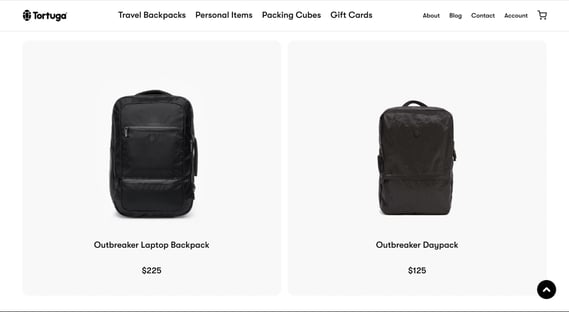
2. Offer exclusive products
21% of customers like exclusivity and are willing to pay more for extra-special treatment. You can do this by offering exclusive products on your ecommerce site.
For example, if a customer wants to purchase a personalized item, you can ensure that it can only be purchased on your site. This won’t cause conflict with your existing channels as you are offering something different to a different market.
Here is a good example of personalization and offering exclusivity. Nike By You, an online service that lets customers create their own designs for football jerseys and footwear. This doesn’t clash with their DTC selling on Amazon or any other sales channel; it’s simply creating a new path that can bring in new customers.

3. Drop what no longer serves you
With multichannel management, it will never be a one-size-fits-all approach. And that’s okay too. While you may be tempted to work with as many distributors as you can, it might be causing more problems than it is worth, and can ultimately affect your supply chain. A reduced distribution gives you more control and limits the chances of channel conflict. For example, Beardbrand, an American men’s grooming brand, stopped selling on Amazon so that they could focus on their DTC model. They saw that they couldn’t reach their goals if they were also selling to Amazon. Instead, they have now diverted that traffic to their ecommerce store.
While so many think that is a crazy move as Amazon is the marketplace every store wants to sell from, this decision was the best thing they did for their business. Instead of losing sales, they managed to increase them by over 20% and were able to improve customer experience and cut down on shipping costs.
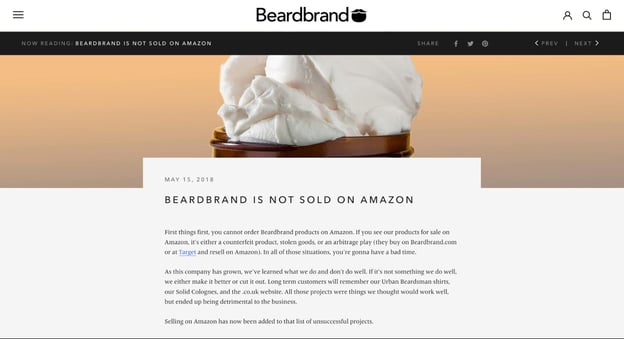
4. Product giveaways instead of discounts
Every customer loves a freebie.
Many stores have been doing a “buy one, get one free” special for years, and it works! What is great about this is that it doesn’t create conflict with other channels as you’re not selling a product for less to attract customers. Instead, you’re offering more value for customers without undercutting your retailers or other channels.
After that special, a customer may return and choose where they wish to purchase their next product. This won’t be determined by a more “affordable” option but rather which place fits their needs best. Where they prefer to shop will be their only determining factor, which is ultimately what multichannel ecommerce is about.
Brands like Apple have done it successfully without undercutting their other retailer parties, and you can achieve this too.
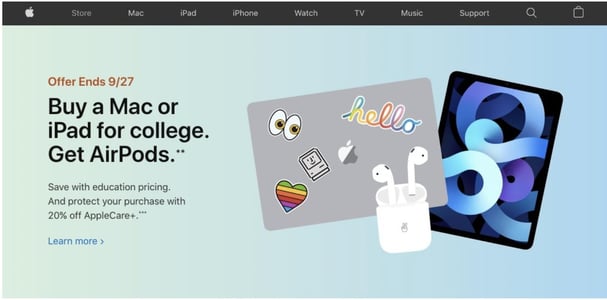
5. Ensure transparency in the supply chain
The one sure way to take control of your supply chain is by remaining transparent and honest. Educate your partners. You need to effectively communicate with all parties regarding products and collaborate on data to ensure that the entire network is on the same page. It’s important to note that all sales channels should be a priority, and not just one. These types of situations create conflict as you become each other's competitors, rather than acting as a partnership.
So, create a vision and ensure each party can benefit from it.
A PIM for supply chain management, for instance, can be helpful as you ensure improved transparency within the supply chain. When you have a product information management tool, it offers a single location for all your data to share with all parties in the supply chain. With a product information database like Plytix, you ensure all retailers have up-to-date product information and sales material so that they can give their customers the best level of support.
What else can a PIM for ecommerce do?
Some product information software on the market is ideal for ecommerce businesses looking to sell in various channels as it also works as a multilisting management tool. These tools make multichannel sales management easier as you have all your product content in one place, and you can easily distribute product data in a shorter time frame. But, others can offer even more.
For instance, a PIM database like Plytix has a number of modules that are ideal for multichannel commerce. Our product analytics tool can see where your products are selling, and which platform makes the most profit. This can help you determine which channels you should cut out like Beardbrand or which sales channels you need to focus on so their sales can increase to avoid conflict.
Read our free white paper to understand ecommerce technology, like PIM, and how it can help combat channel conflict and improve data management.
Frequently Asked Questions
- A MAP policy sets the lowest price at which a product can be publicly advertised, ensuring that no channel can advertise the same product for less. This helps to preserve brand value, maintain fair competition among channels, protect margins, and prevent the undercutting of prices. In ecommerce, where price comparison is easy and common, a MAP policy can help stabilize market prices and reassure partners that the playing field is level.

What if your product data actually worked for you?
We’ll show you how Plytix helps you stop fixing data—and start using it.
Related posts
Keep the good stuff coming
Subscribe to our blog newsletter and get monthly content that helps you manage product data smarter.
No spam. Just real value.
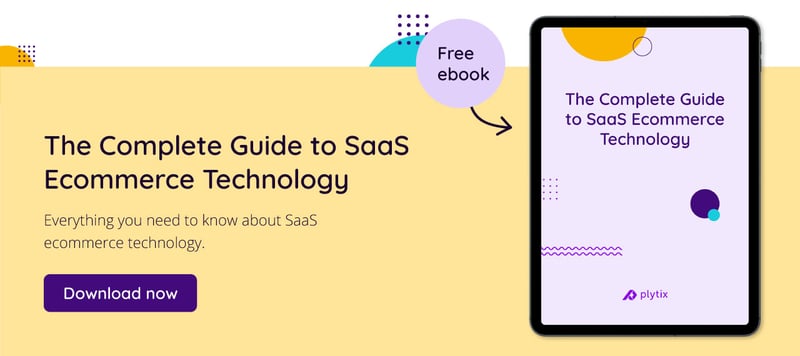
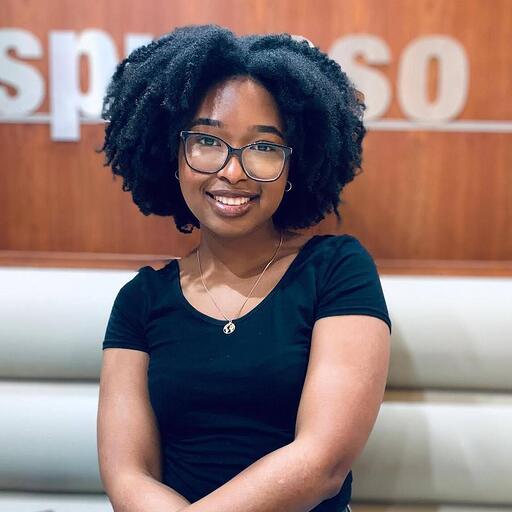




Think others should see this?
Go ahead and share it.